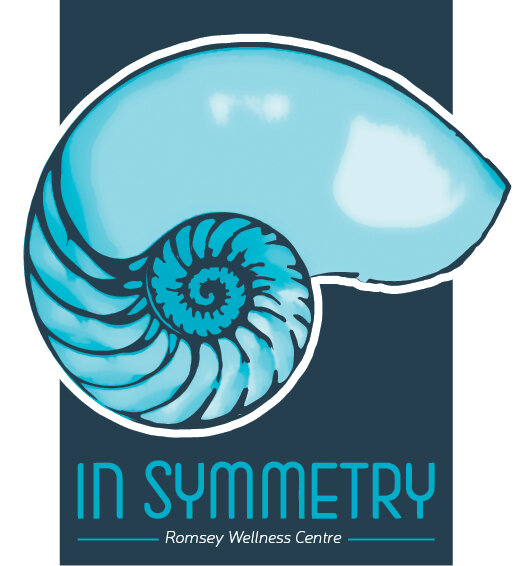A SENSITIVE TOPIC - VULVODYNIA
Written by Chris Eddy - Chinese Medicine Practitioner
Many women will report having had vulvar pain at some point in their life. It is estimated 30% of these women suffer with chronic vulvar pain and don’t seek treatment due to the sensitive and private nature of the condition. We want you to know that there is effective treatment available. Chris has been treating Vulvodynia (Vaginal Pain), Vaginismus (Constriction and pain of the Vagina) and Anal Pain (Often fistula related) for 15 years, in almost 100 patients.
What do these 3 conditions have in common?
Often Undiagnosed
Life changing
Commonly Depressing
Commonly affect relationships
All three are often caused by the same mechanism in a Chinese medical framework
Frequently asked questions: -
1. In treatments do the needles go near my genitals? No. Absolutely not. The acupuncture needles are often in the hands and legs. No pain at all. We definitely also do not need to inspect any private areas. All our diagnostic assessment involves questioning and pulse diagnosis of the wrist (unique to Chinese medicine).
2. How long does it take to see/feel results? This can vary widely. Basically if you've had the condition under 1 year, around 3-5 weeks. If 2-5 years, usually 4-8 weeks. If over 5 years, often 8-12 weeks to get pain down to 50% improvement. A study in the UK discovered that the patients satisfaction with acupuncture treatment for their pelvic pain was surprisingly high, many deeming it more effective that any other treatment . One of these reasons being the regular contact and dedicated time spent with their acupuncture specialist. [1]
3. Does it work for everyone? No, no one has a 100% effective rate. I have found this approach works in 70-80% of all patients within 8-12 sessions. An American study from 2015 found acupuncture treatment to be a feasible treatment for improving the primary outcome of reducing vulvar pain and dyspareunia but also the secondary outcome of an increase in overall sexual function for women with vulvodynia [2]
4. Can I do anything at home to help? Yes, there are a few things that you can start and possibly stop. The best thing you can do, if possible, is to reduce stress with exercise and meditation. Also a good idea to stop wearing clothing that are tight around the pelvic area (dresses/skirts are good!). If you use dilators to expand the vaginal opening, please don't insert it cold. Lubrication and dilators should be as warm as your body, no cooler. And definitely no cold packs to try to numb your pain.
Chris is happy to work in connection with a pelvic floor physical therapist, your gynaecologist, counsellor/therapist, and whoever else is on your care team. Contact us today to learn about empowering effective ways to reduce your pain and help you live your best life again.
If you would like to book an appointment with Chris you can call the clinic on (03) 5429 3610 or book online by clicking the link below.
References: [1] J Powell, F Wojnarowska. Acupuncture for vulvodynia. J R Soc Med. 1999 Nov; 92(11): 579–581. 10.1177/014107689909201110 PMCID: PMC1297434. https://www.ncbi.nlm.nih.gov/pmc/articles/PMC1297434/ [2] Judith M Schlaeger , Nenggui Xu, Cheryl L Mejta, Chang G Park, Diana J Wilkie. Acupuncture for the treatment of vulvodynia: a randomized wait-list controlled pilot study. J Sex Med 2015 Apr; 12(4) : 1019-27. doi: 10.1111/jsm.12830. Epub 2015 Jan 30.https://pubmed.ncbi.nlm.nih.gov/25639289/
